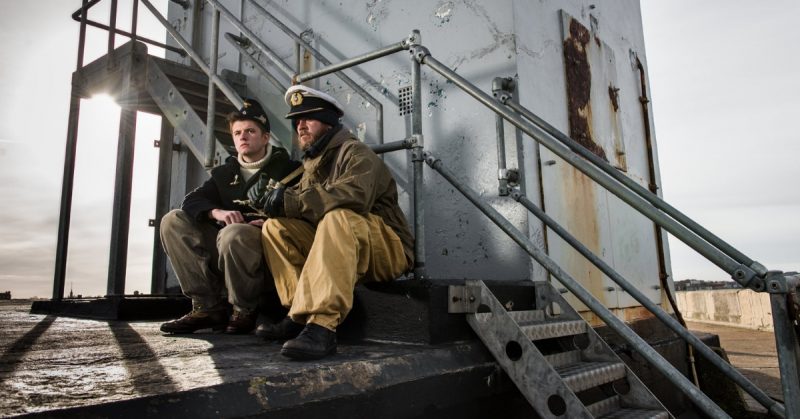Fishing has been banned in the area, and pregnant and breastfeeding women and young children have been advised to not eat fish caught near the wreck.
U-864 is a German U-boat that was sunk in February of 1945. It was on a mission to carry cargo from Kiel, Germany to supply Japan with new weapons technology in a top-secret mission known as “Caesar.” Included in its cargo were jet engine parts, missile guidance systems – and over 60 tons of mercury.
The captain of U-864 was Ralf Wolfram who had little experience and would have been a strange choice for such an important mission under normal circumstances. But by this point in the war, the Germans had lost so many U-boats to the relentless attacks of the Allies that they had few experienced captains from which to choose.
British agents broke the German code used in this mission, and because they could read all the encrypted communications about U-864, they were aware that the sub had grounded and damaged an engine and was in port at Bergen, Norway.
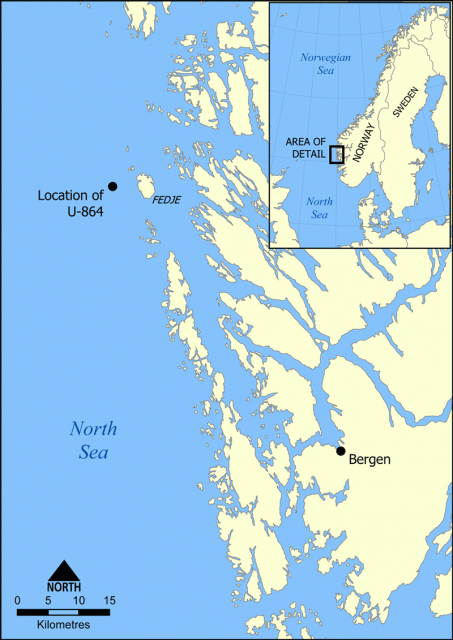
They had previously dispatched the submarine HMS Venturer which had positioned itself in the most likely place to intercept the German sub on its planned route.
Finding the Germans would, however, still have been difficult without U-864’s mishap. The noise from the engine blowing and from the repair work traveled for miles under the ocean, allowing the Venturer to zero in on her target and be waiting for it when U-864 resumed its mission to Japan.
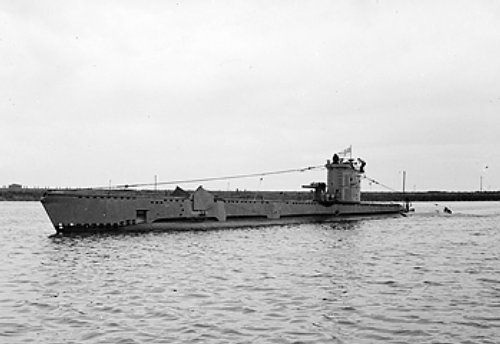
The Venturer tracked the German sub for three hours on February 9, 1945, before sinking it off the coast of Fedje, Norway. It is the only recorded instance of one submarine sinking another submarine while they were both submerged.
The IXD2-type U-boat was just over a year old when it sank in 500 feet of water with all 73 crew members on board. It rested in the same location for nearly sixty years.
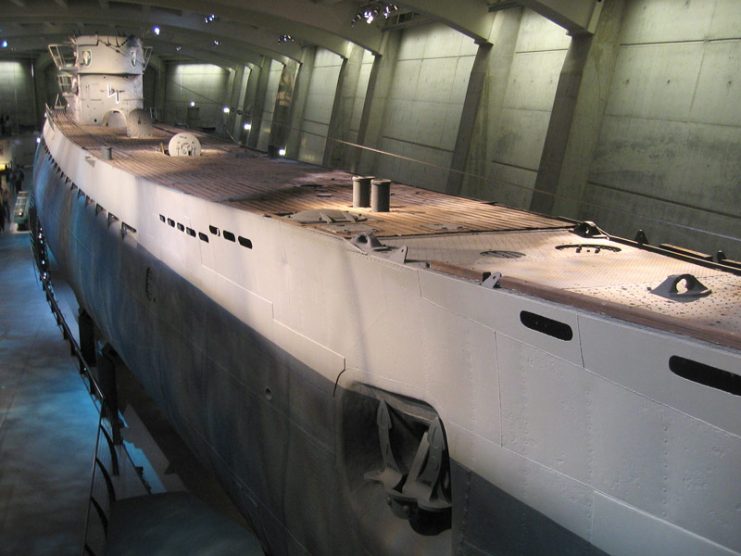
In March 2003, the Royal Navy of Norway discovered the wreck. During examination, it was discovered that the containers holding the mercury are rusting and some are actively leaking mercury into the surrounding water.
Metallic mercury is more dangerous than usual when it is released into the ocean. Even small amounts of mercury can affect the nervous system and cause heart and kidney problems, and, if mercury poisoning is severe enough, it can be fatal.
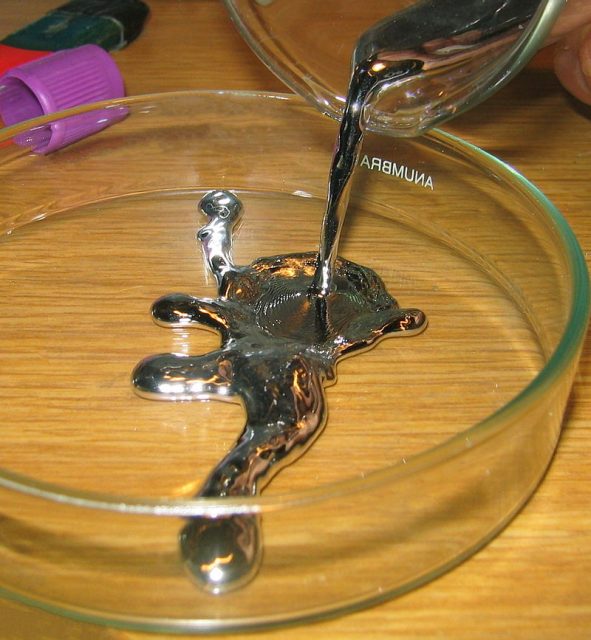
Nearly nine pounds of mercury have leaked to date. This seemingly small amount has been enough to elevate mercury levels in the silt surrounding the wreckage and in the fish nearby. Fish can absorb the mercury and pass it on to humans when they are eaten. For this reason, fishing has been banned in the area, and pregnant and breastfeeding women and young children have been advised to not eat fish caught near the wreck.
Local residents have long called for the wreckage to be removed, but there is concern that a salvage operation could lead to a spill of catastrophic proportions. The experts have instead proposed building a “sarcophagus” around the wreck to contain the mercury in place. The structure would be similar to the one used in Chernobyl to enclose the leaking nuclear reactor there.
Read another story from us: Predators of the Seas: Life Inside a U-Boat – In 41 Images
After debating the proposal for fifteen years, the government of Norway decided, in the fall of 2018, to move forward with the planned construction to seal the ship and its cargo on the floor of the ocean. The work was expected to be completed by the end of 2020 at a cost of $32 million. However, the work was delayed, and now the government is again reviewing the possibility of salvaging the cargo.
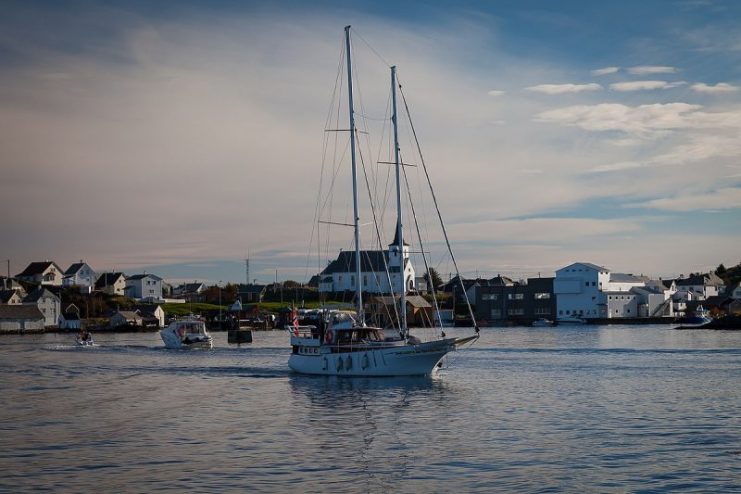
According to Conservative MP, Ove Trellevik, the rusting containers of mercury are an “environmental bomb” and so it is important to discover whether it is possible to remove most of the mercury from the wreck.
